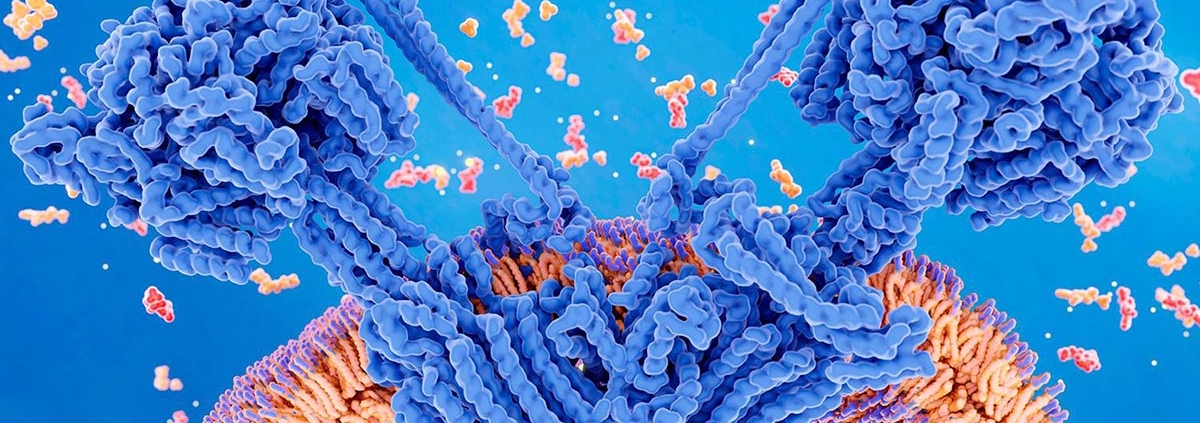A study using a mouse model of eccentric contraction has revealed that icing injured muscles delays muscle regeneration. In addition, the researchers illuminated that this phenomenon may be related to pro-inflammatory macrophages ability to infiltrate damaged cells. This research raises questions as to whether or not severe muscle injuries (such as torn muscles) should be iced.
The research results revealed that applying an ice pack to a severe muscle injury resulting from eccentric contraction may prolong the time it takes to heal.
The cause of this phenomenon is that icing delays the arrival of pro-inflammatory macrophages, which are responsible for the phagocytosis, or removal, of damaged tissue. Furthermore, this makes difficult for the macrophages to sufficiently infiltrate the damaged muscle cells.
These research results were published online as one of the Journal of Applied Physiology.
Release date: 18 May 2021
Source: Kobe University










